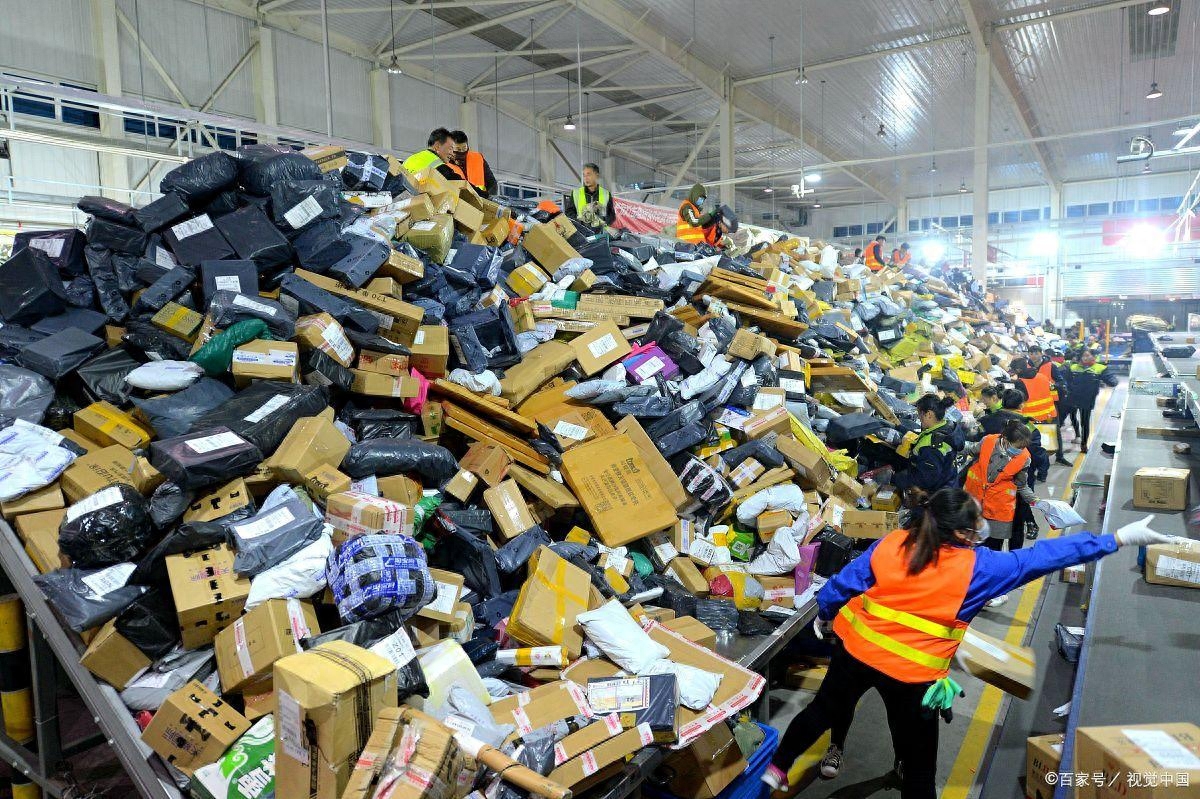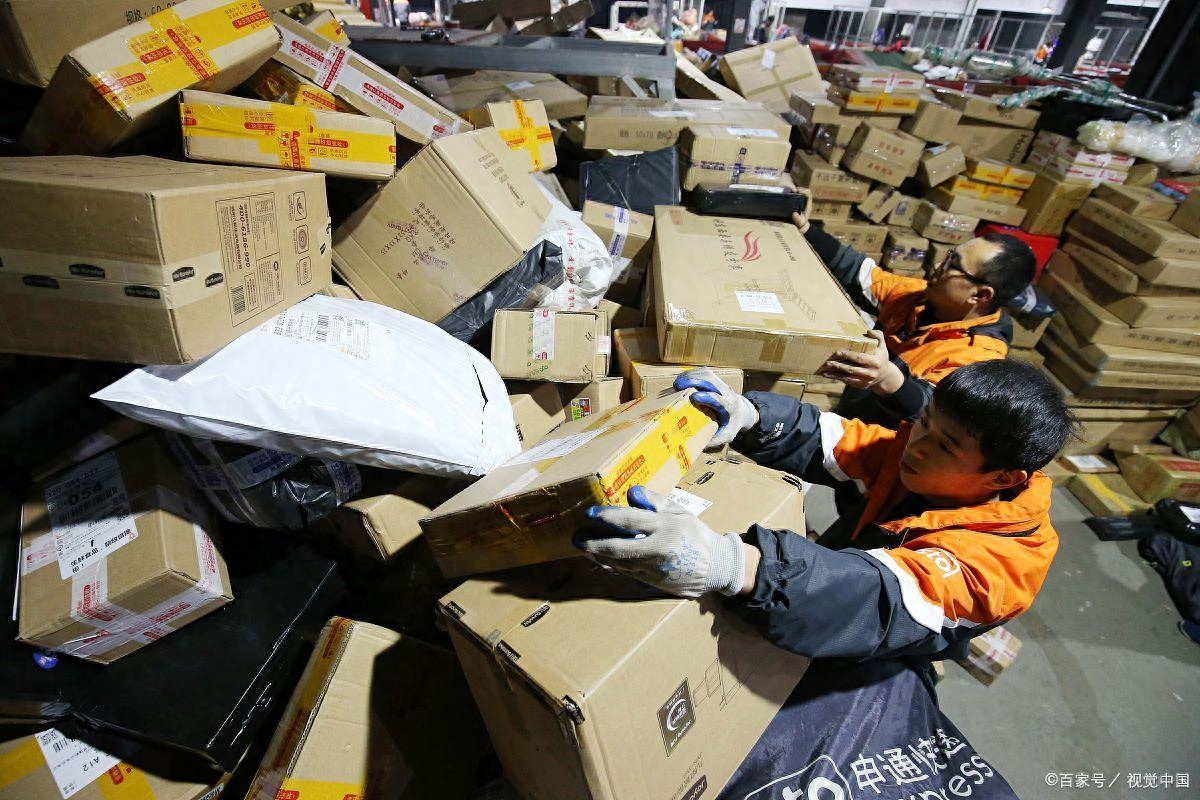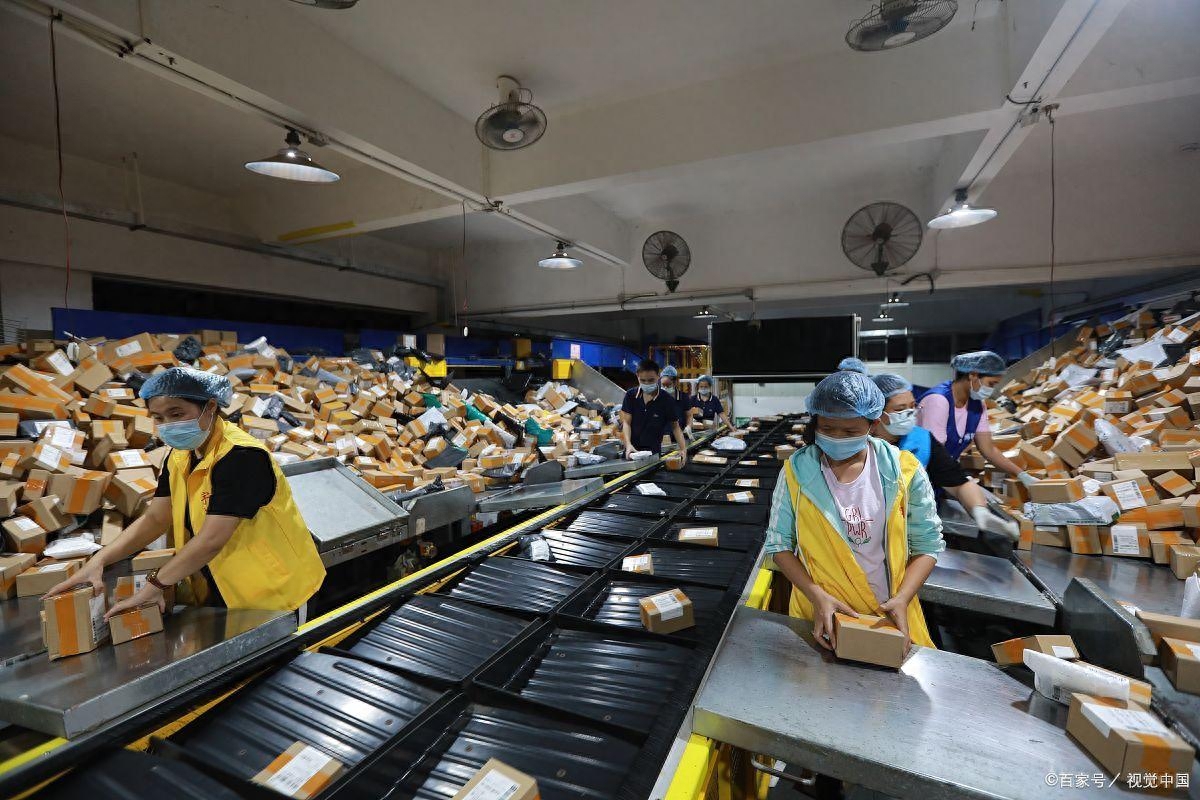

In the logistics industry, sorting and picking are two common but often confused terms. Although they all involve the handling and distribution of goods, they actually play different roles in the logistics process.

Firstly, sorting refers to the process of classifying and allocating large quantities of goods according to certain rules and requirements. Sorting usually occurs in logistics centers, warehouses, or sorting centers. Its purpose is to divide and organize goods from different sources or to different destinations for further processing and transportation. During the sorting process, goods are classified based on specific signs, destinations, or other characteristics through machine or manual operations. For example, categorize e-commerce orders by order number or shipping address, and allocate goods to different transportation vehicles or destinations for subsequent processing.

On the contrary, picking refers to selecting specific goods or orders from the sorted goods. Picking usually occurs in the warehouse or distribution center after sorting is completed. The purpose of picking is to select and extract goods based on demand to meet customer orders or requirements. During the picking process, corresponding goods are retrieved from the warehouse based on the order or demand list, and inspected, packaged, and prepared for delivery. For example, in an e-commerce distribution center, based on the customer's order list, staff will select the corresponding products from the warehouse and prepare for packaging and shipping, in order to ultimately ship them to the customer.

It can be seen that sorting and picking play different roles in the logistics process. Sorting is the process of classifying and allocating large quantities of goods according to rules and requirements for further processing and transportation. Picking is the process of selecting and extracting specific goods from already sorted goods based on an order or demand list to meet the requirements of the order or customer.

Sorting and picking play complementary roles in logistics. The accuracy and efficiency of sorting provide a foundation for subsequent picking and delivery, while the accuracy and speed of picking meet the needs and requirements of customers. Reasonable planning and management of sorting and picking processes can improve logistics efficiency and accuracy, reduce errors and delays.

In practical applications, sorting and picking are often combined. In the trend of digitization and automation, the logistics industry has begun to use various advanced technologies and equipment, such as machine vision, automatic sorting equipment, and intelligent sorting systems, to improve the efficiency and accuracy of sorting and picking. The application of these technologies not only improves the efficiency and accuracy of logistics, but also reduces the time and cost of manual operations.
Sorting and picking are two important links in the logistics process, although they have similarities, they have significant differences in function and purpose. Reasonable planning and management of the sorting and picking process, combined with advanced technology and equipment, can improve logistics efficiency, accuracy, and customer satisfaction, further promoting the development of the logistics industry.
 Replace
Replace